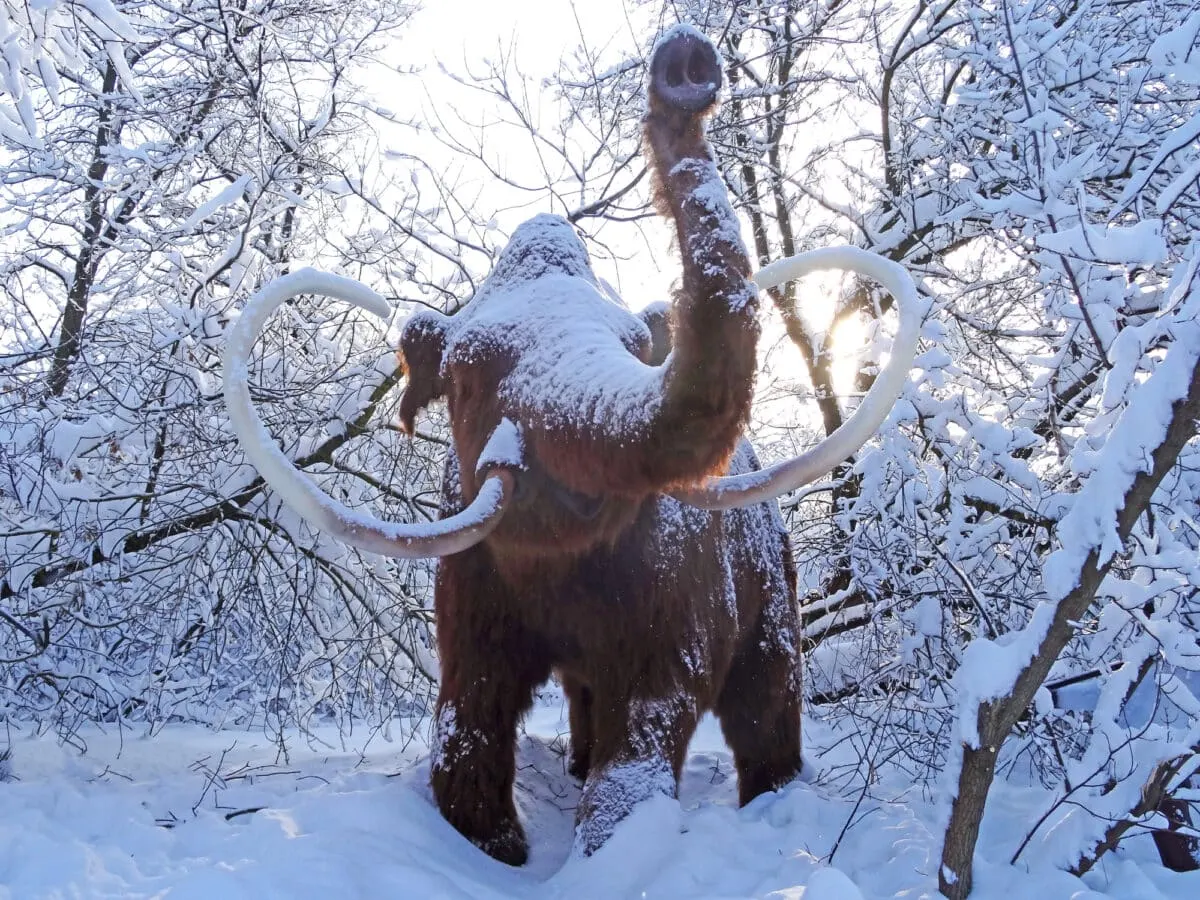It’s more than just the plot of Jurassic Park. The once unthinkable concept of bringing extinct animal species back to life is close to being realized. But what does de-extinction entail? And what would it mean for Earth as we know it?
What is De-Extinction?
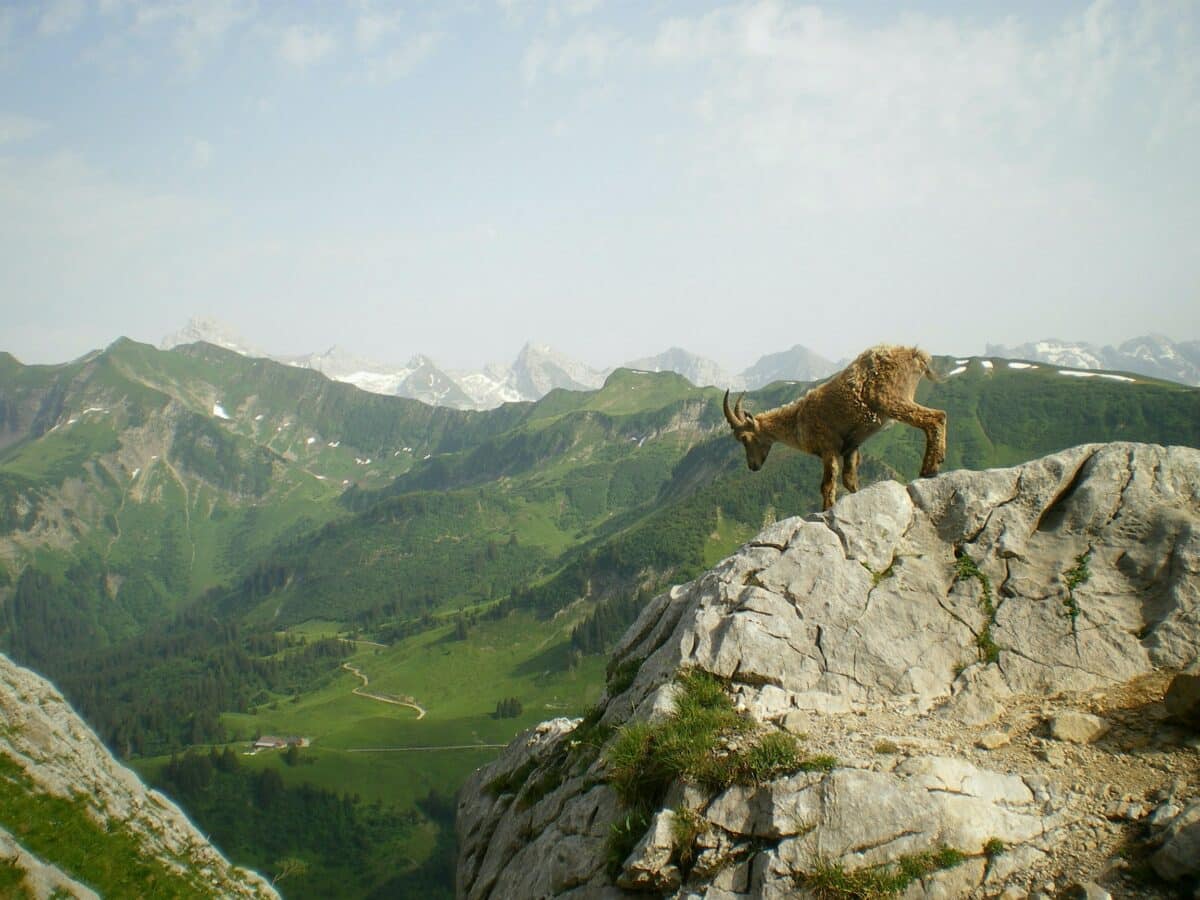
De-extinction is the science behind bringing extinct species back to life. This is essentially done through cloning and genetic engineering of a DNA sample.
The Nitty-Gritty Science
Shortly, if scientists have an intact DNA sample of an extinct animal, they could grow the cells of the sample into an embryonic cell (first cell that forms during pregnancy) containing a nucleus. A nucleus is the part of the cell that contains all the DNA. The embryonic cell would then be inserted into a donor egg cell, whose nucleus had been removed, and implanted into a surrogate mother. Both the donor egg cell and surrogate mother have to be species that are closely related to the extinct species. The embryonic cell can then grow inside the surrogate mother.
This process was done for the first time in 2003 with the frozen skin samples of an extinct pyrenean ibex. Unfortunately, the baby died minutes after birth, making the pyrenean ibex the first species to go extinct twice.
Animals That May Become De-Extinct
Researchers are currently working on recreating the genetic blueprints of several extinct animals. Using these blueprints, scientists will then be able to create a genetic clone, either by the process described above or by selectively breeding closely related species.
But, considering this is a long and arduous process, which animals are researchers choosing to resurrect?
Dodo Bird
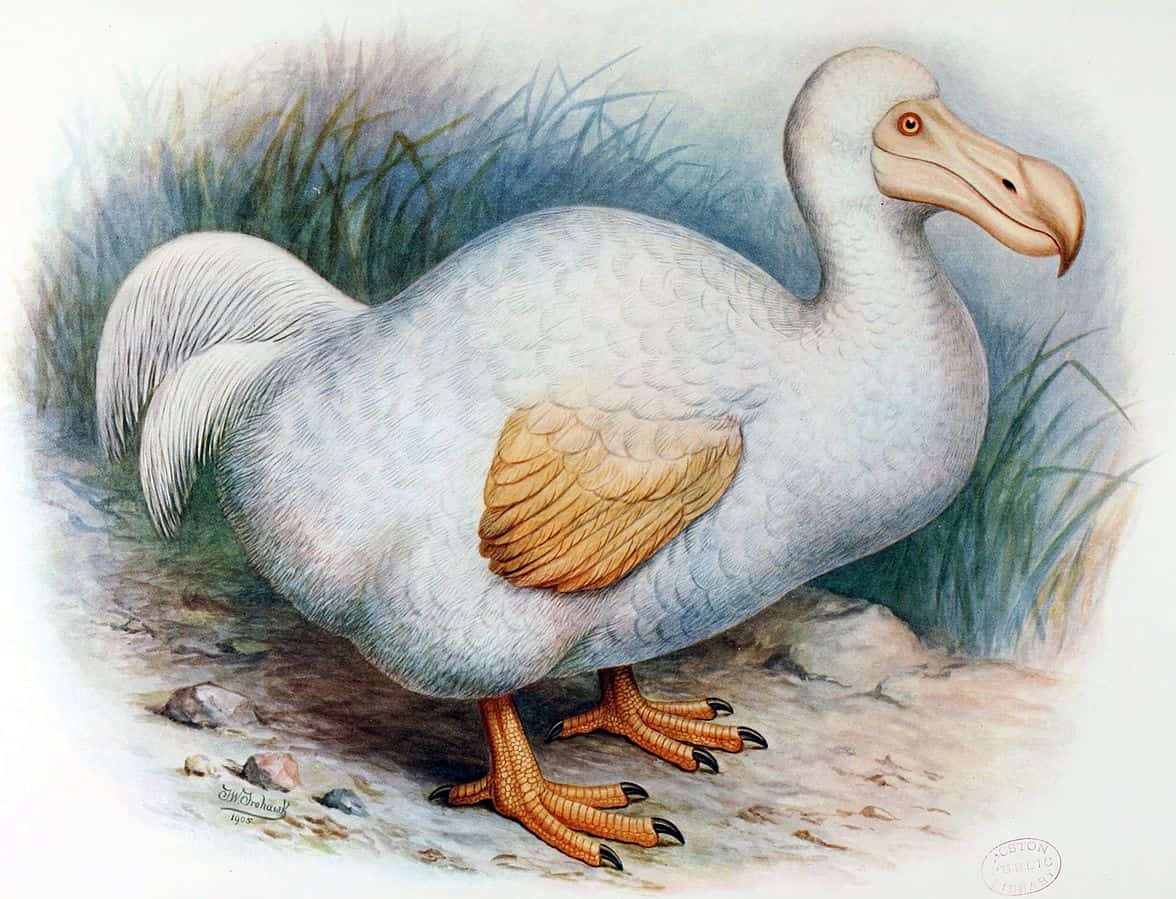
This flightless bird was endemic to the island of Mauritius. Unfortunately, when Dutch settlers arrived in the 1600s, it took only a few decades for the bird to be wiped out due to deforestation, hunting, and competition with the animals brought by the Dutch.
Today, a biotechnology company, Colossal Biosciences, plans to resurrect the dodo bird using genetic material from the dodo’s closest genetic relatives.
Woolly Mammoth
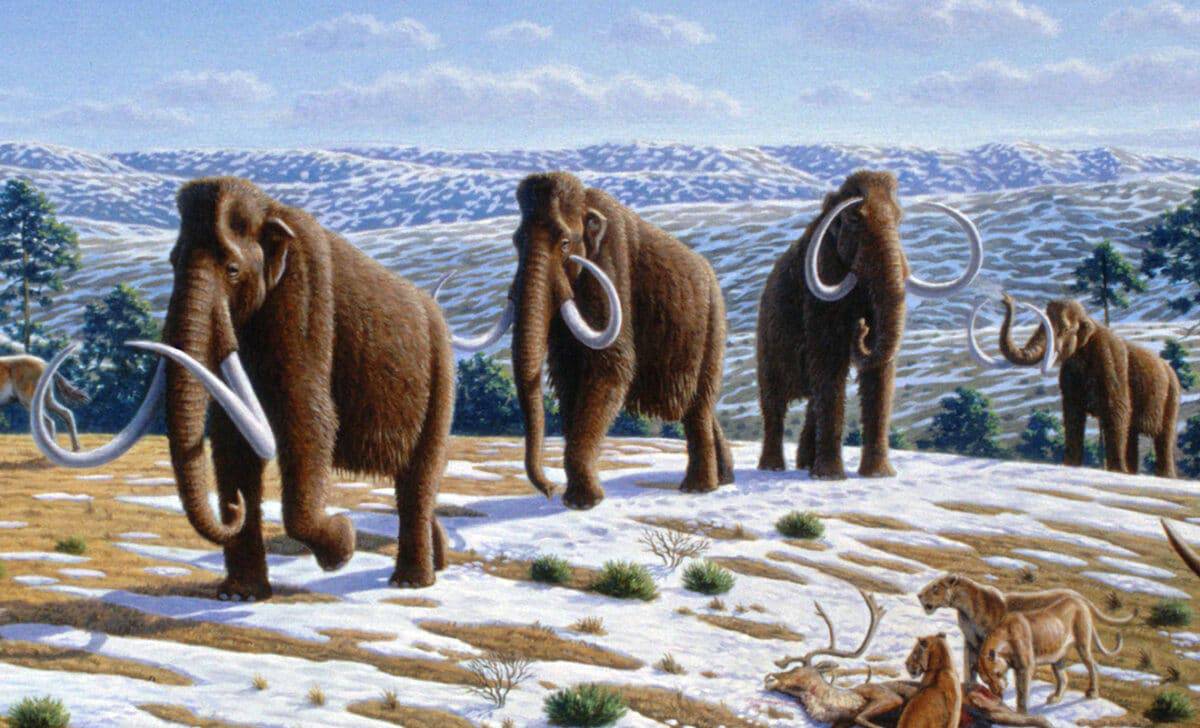
The last few woolly mammoths died around 4,000 years ago, most likely due to climate change, habitat loss, disease outbreaks, and hunting.
Many impressive specimens of woolly mammoths have been found over the years, and these contain sufficient DNA for research. Colossal Biosciences are also working to resurrect the woolly mammoths to restore them to the Arctic region.
Quagga
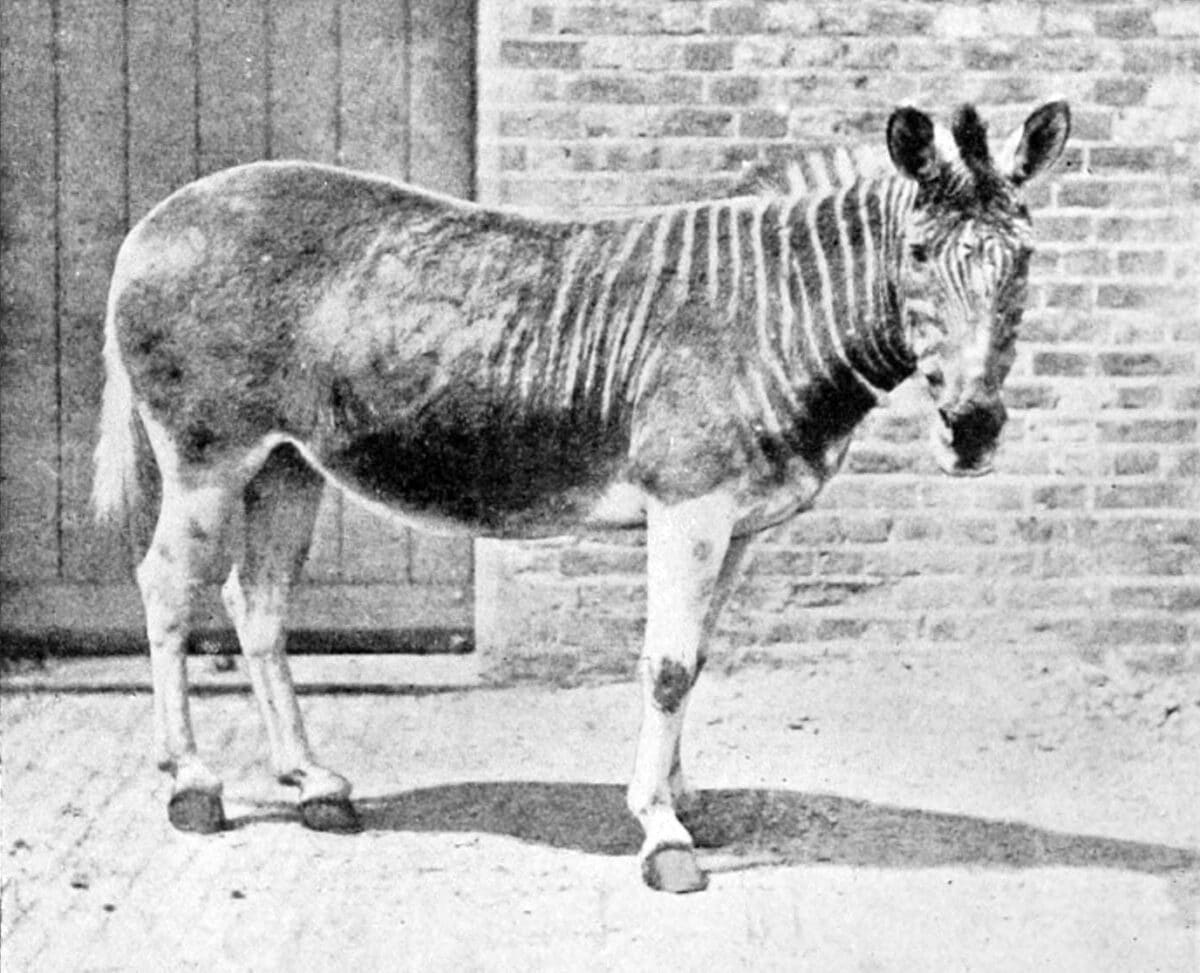
An animal that appears to be half-zebra and half-donkey, the quagga was native to Southern Africa. The last quagga female died at the Amsterdam Zoo in 1883. These animals were unfortunately hunted to extinction.
A group of scientists in South Africa have started The Quagga Project with the objective of bringing this species back to life. Because no intact nuclear DNA of the quagga exists, the team plan to de-extinct the animal using selective breeding.
What Could Go Wrong? The Negatives of De-Extinction
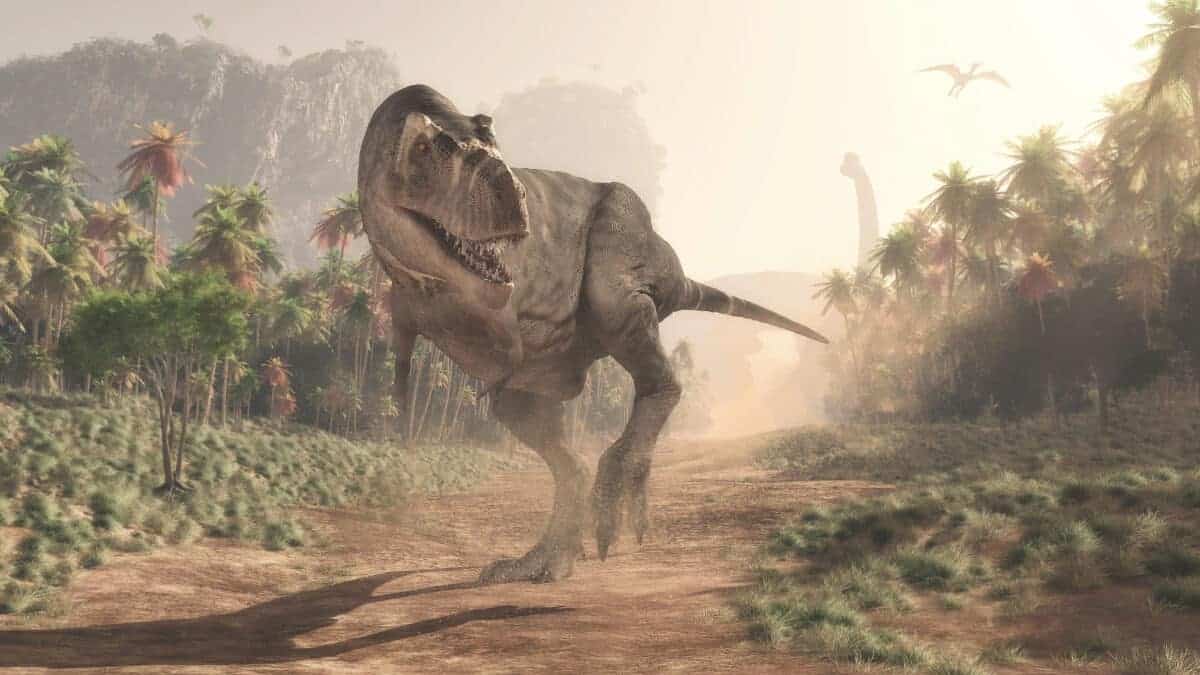
Have you seen Jurassic Park? If not, here’s the gist: resurrecting dinosaurs did not go very well.
Introducing a species into a habitat that has evolved without them may have dire consequences. For instance, there may be a rapid decline in species of prey or a large loss to plant life.
Furthermore, there are ethical considerations. Who is advocating for the rights of the creatures being used as surrogates and for the offspring who are both genetic clones and unique individuals at the same time? Not to mention the “playing-God” argument.
In addition, there may be no guarantee that the original cause of extinction could be avoided next time around. For example, the southern gastric brooding frog went extinct because of a chytrid fungus epidemic, which still affects millions of frog species worldwide.
Another question that begs asking is whether the funding going into these projects could be better spent elsewhere, for instance on the conservation of existing species.
Potential Possibilities of De-Extinction Technologies
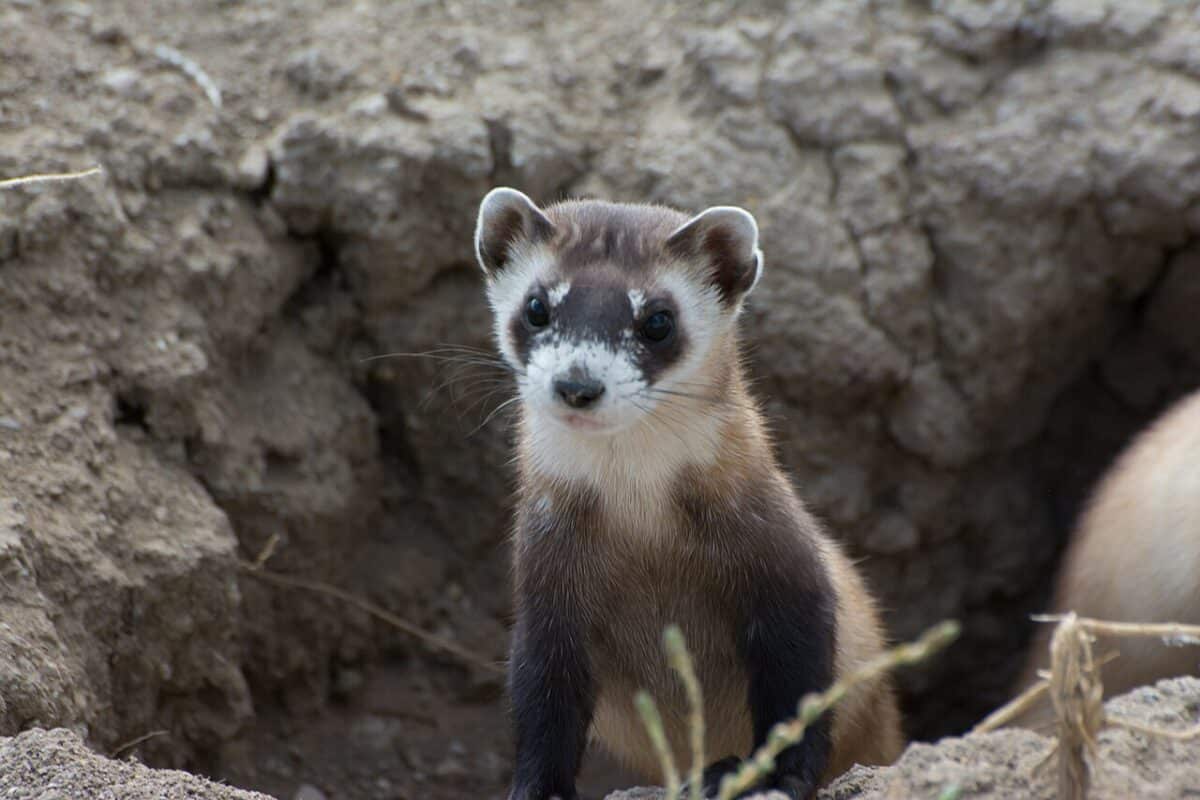
Before we condemn this research practice, it is important to understand the overall picture. Today, there are over 44,000 species threatened with extinction, with over 9,000 of them critically endangered. The purpose of de-extinction research extends beyond just bringing back lost species, it’s about preserving our existing species and restoring the biodiversity of habitats destroyed by humans.
De-extinction technologies may be applied to existing species that are critically endangered or extinct in the wild. Revive & Restore is a biotechnology company focusing on this very thing. Their current projects are focused on restoring endangered populations of black foot ferret, horseshoe crab, and Przewalski’s horse.
Furthermore, de-extinct animals would not be reintroduced into habitats without extensive research as to whether or not this would be a good thing.
Gray Wolves in Yellowstone
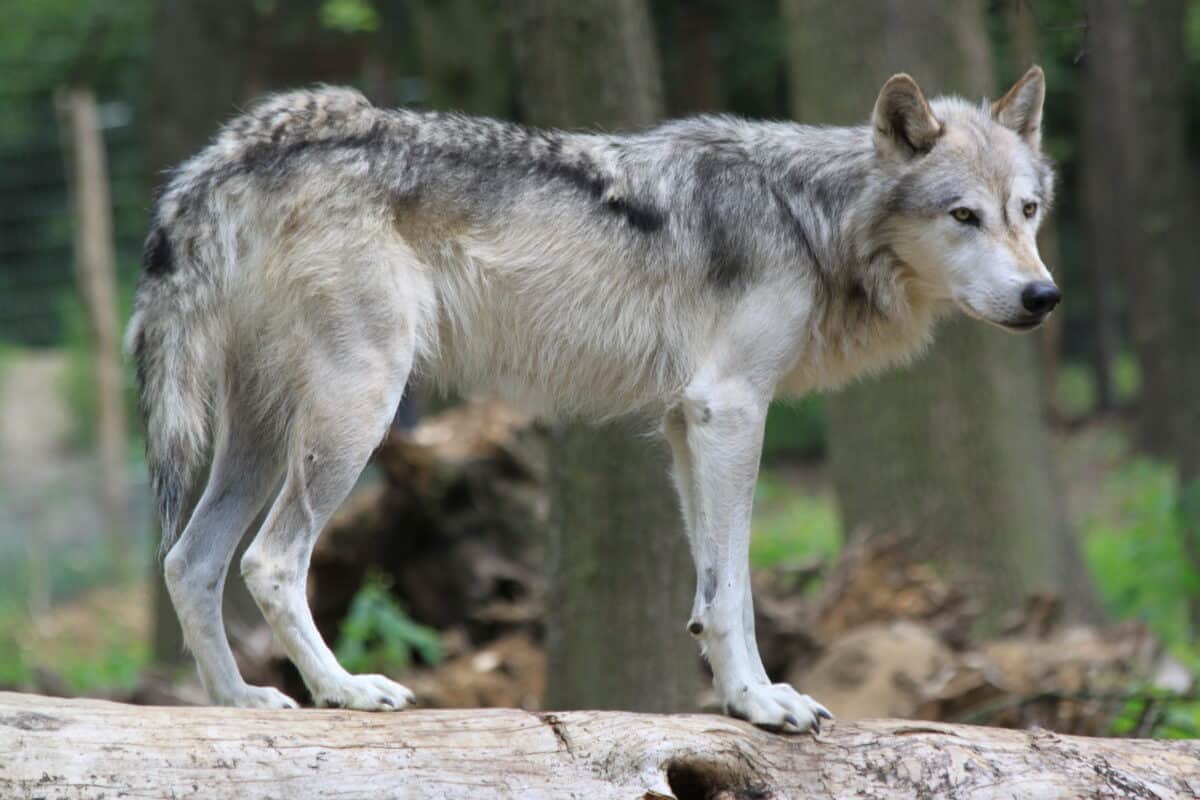
There are existing examples with good outcomes of species being reintroduced into areas they no longer inhabit.
For instance, several gray wolves were taken from Canada and reintroduced into Yellowstone National Park after having been wiped out in Yellowstone 70 years prior. Their reintroduction resulted in biodiversity being restored to the area.
An Unexpected Application

Another possible application of de-extinction technologies is resurrecting beneficial genes and molecules. The University of Pennsylvania’s Machine Biology group recently resurrected molecules with antibiotic properties from our relatives, the Neanderthals and Denisovians.
This is exciting because these molecules may be used to create new antibiotics, which are desperately needed because bacterial strains are continuously evolving to become resistant to current antibiotics.
Conclusion
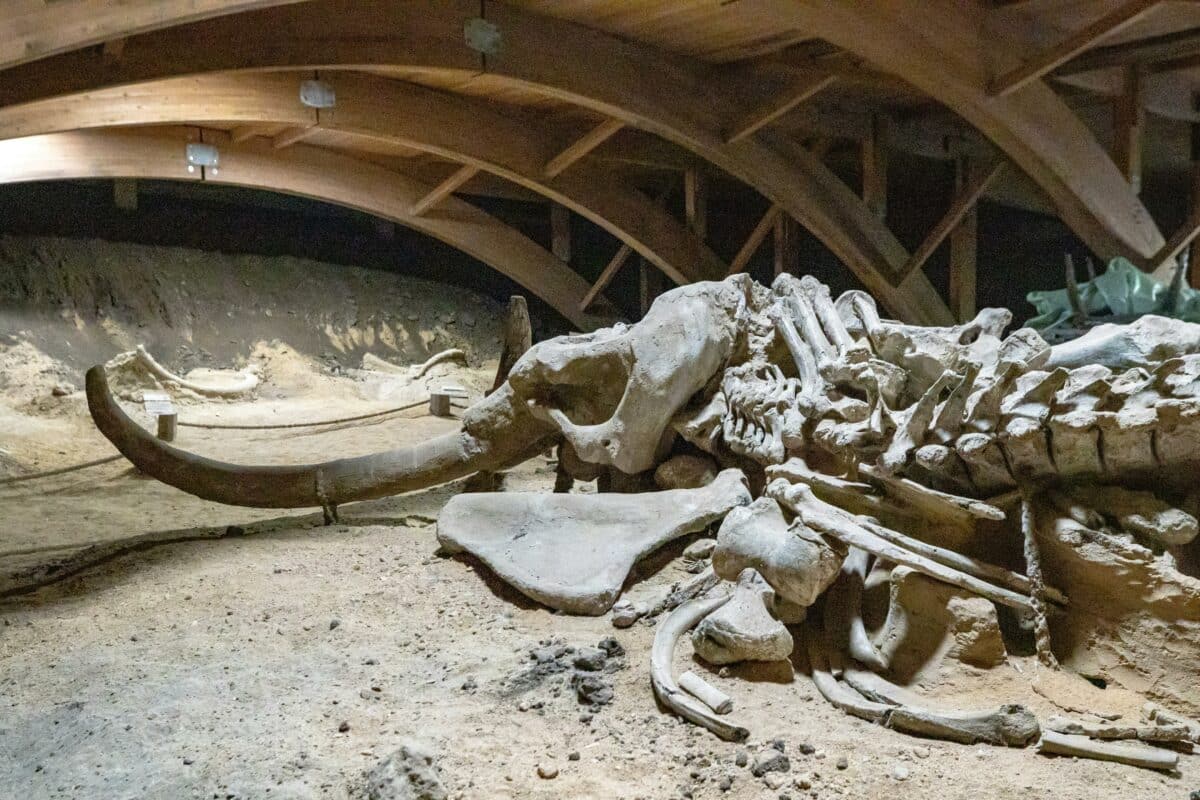
Although a controversial research endeavor, de-extinction technologies will have applications beyond resurrecting extinct species. The spin-off tech might even be more useful than the original, in conservation efforts or other fields. But what do you think?
You may also like:
Join our Forum for free today!

- Glow-in-the-Dark Sharks & Other Fascinating Bioluminescent Fish - July 10, 2024
- Why Flamingos Are Totally Hardcore - July 3, 2024
- Nuclear Tech to Combat Poaching: Radioactive Rhino Horns - July 2, 2024

